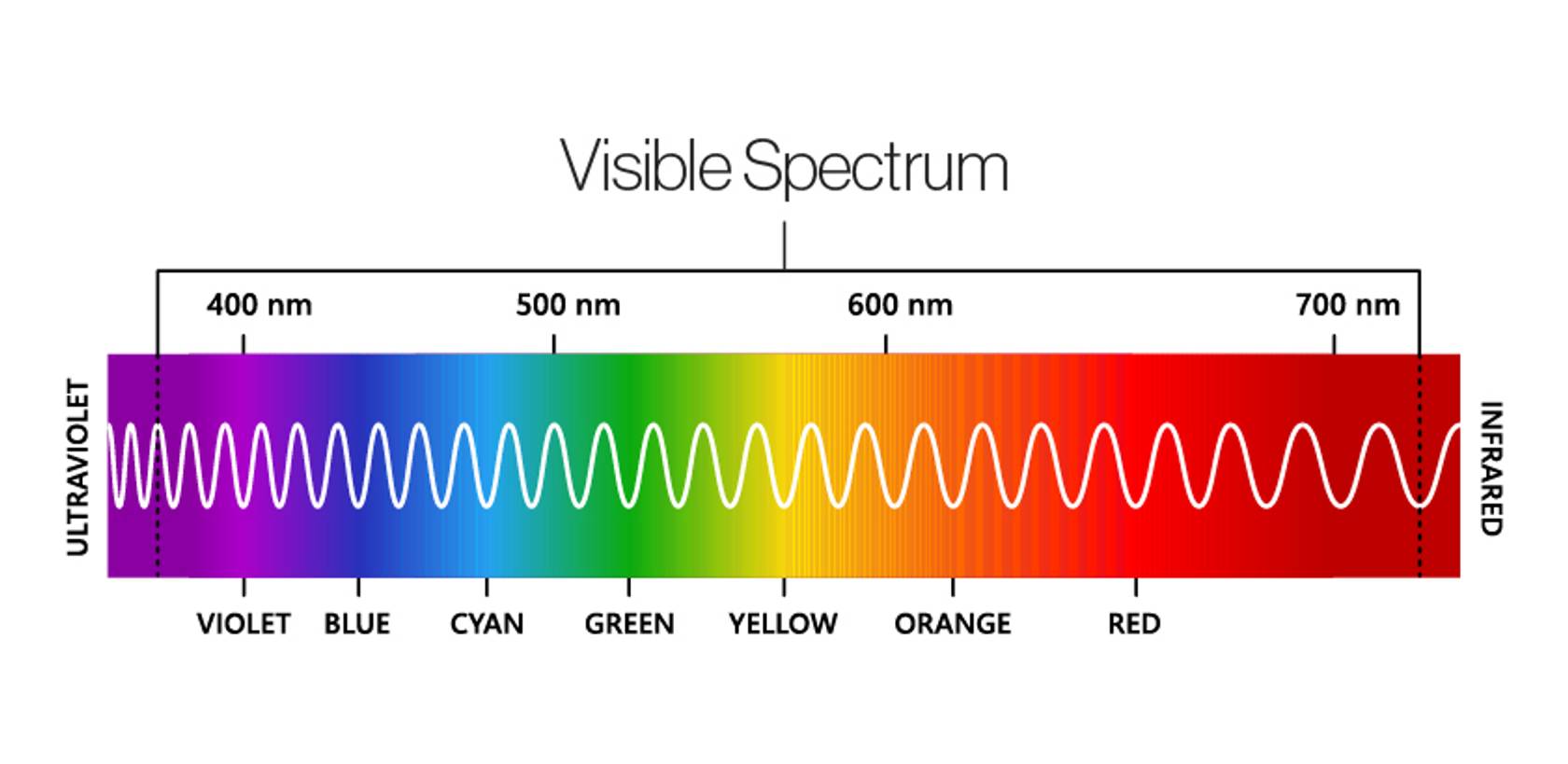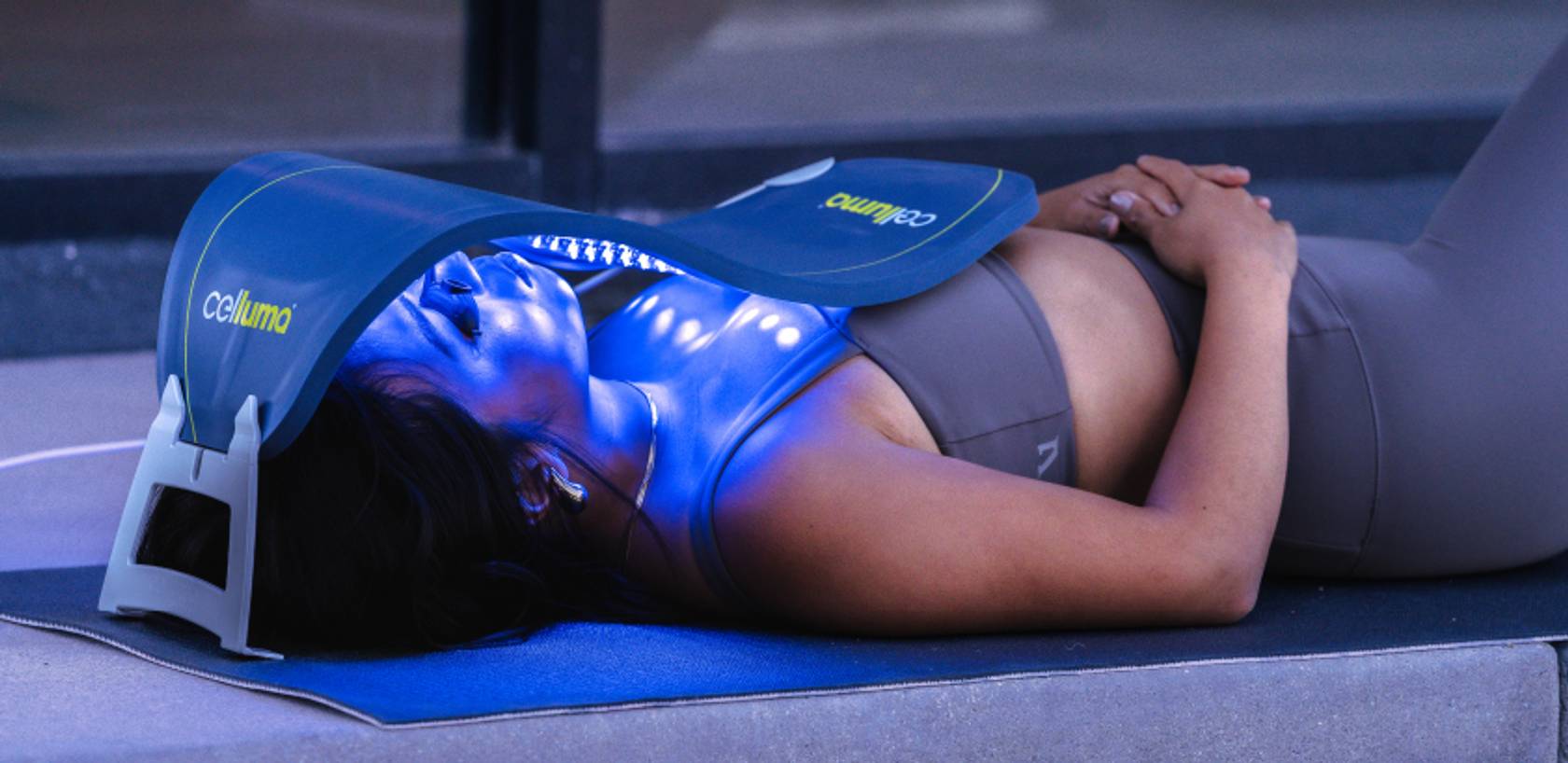Why Color Matters in LED Light Therapy
As LED light therapy gains momentum in skincare clinics, wellness centers, and even at home, one key question remains: Which LED light color is the most effective? Whether you're looking to clear acne, smooth wrinkles, relieve chronic pain, contour your body, or stimulate hair growth, choosing the right wavelength of light is essential for getting the results you want.
But how do you know which color or wavelength is most effective? Let’s break down what each light color does, which one is best for your specific needs, and why Celluma remains the clinical gold standard in LED light therapy.
How LED Light Therapy Works
LED (light-emitting diode) therapy uses specific wavelengths (perceived as color) of light energy to stimulate natural cellular processes, much like photosynthesis in plants. This process, also known as photobiomodulation (PBM), boosts ATP production (cellular energy), reduces oxidative stress, and stimulates tissue repair and collagen production.
Depending on the wavelength, light can penetrate the skin at various depths. It’s important to use wavelengths that are absorbable by the mitochondria, meaning wavelengths that can penetrate the skin deep enough to reach the targeted cells to achieve the desired treatment result, whether that’s reducing fine lines and wrinkles, treating acne or pain, or restoring thinning hair.
For effective treatment of skin, pain, acne and hair loss issues, the only proven wavelengths are blue, red and near infrared. These wavelengths are in the visible range to just outside the visible range - from approximately 400-1000nm. Other wavelengths, including green, yellow, orange, and amber are not scientifically supported for a variety of reasons.
One of the easiest ways to explain light therapy is to think of it as photosynthesis for mammals. Just like plants, scientific research has shown that human bodies can absorb light particles called photons and transform that light energy into adenosine triphosphate (ATP).
As we age, the ability of our cells to produce energy diminishes. Cellular energy production is also affected by disease and poor lifestyle habits. The good news is that light therapy increases cellular energy! It’s also important to understand what red light and near infrared light therapy is not. It is not the same light energy used in tanning booths, and it does not expose your skin to harmful UV wavelengths.

The Science of Color: Key LED Wavelengths & Their Benefits
Blue Light (400-495nm)
Best For: Acne-prone skin, oily skin, breakouts Blue light is absorbed by the skin's uppermost layers and is especially effective at killing P. acnes, the bacteria responsible for acne.
Blue light energy typically penetrates the skin at a shallow depth compared to other types of light energy such as infrared or red light. Blue light, in the range of 400 to 495 nanometers, generally penetrates the skin to the depth of the epidermis, the outermost layer of the skin. Its ability to reach deeper layers is limited, which is why it is often used for targeting skin concerns closer to the surface, such as acne.
Clinical Insight: A 2017 study published in Dermatologic Therapy found that blue light therapy reduced acne lesions by up to 70% after just 8 weeks of treatment.
Red Light (630-700 nm)
Best For: Fine lines, wrinkles, and inflammation Red light penetrates deeper into the dermis and stimulates fibroblast activity, which increases collagen and elastin production. It improves skin tone, texture, and elasticity, making it a go-to for anti-aging treatments.
Red light energy, typically in the range of 630 to 700 nanometers, can penetrate the skin more deeply than blue light. Red light can reach deeper layers of the skin, including the dermis, which is located beneath the epidermis. Generally, red light can penetrate the dermis, reaching approximately 5 to 10 millimeters below the skin surface. Based on clinical research, Celluma devices use red light at 640 nanometers.
Pro Tip: Red light therapy is also beneficial for reducing post-treatment redness and promoting faster healing after procedures like microneedling or chemical peels.
Near-Infrared Light (NIR) (700-1000 nm)
Best For: Joint and muscle pain, inflammation, wound healing, hair growth
Near-infrared light reaches the deepest layers of the skin and is especially effective in pain management and musculoskeletal recovery. It stimulates circulation, reduces inflammation, and accelerates tissue repair.
Bonus: NIR light also activates dormant hair follicles, making it effective for treating androgenetic alopecia and other hair thinning conditions.
Near-infrared light has greater penetration capabilities compared to both blue and red light. Near-infrared light falls within the range of approximately 700 to 1,000 nanometers. NIR light can penetrate more deeply into the skin and tissues, reaching even beyond the dermis into the subcutaneous tissue. This means light energy penetration of up to 25mm! This deeper penetration
of near-infrared light is one reason why it’s utilized in therapeutic applications such as pain management, wound healing, muscle recovery, and skin rejuvenation. Based on clinical research, Celluma devices use NIR at 880 nanometers.
Less Effective Wavelengths: What About Green, Yellow, and Amber?
While colors like green (525 nm) and yellow/amber (590 nm) are often marketed for hyperpigmentation, redness, and lymphatic drainage, the clinical data supporting these claims is limited. Most peer-reviewed studies and FDA-clearances center on blue, red, and near-infrared light due to their consistent, replicable results.

Why Celluma Delivers the Most Effective Light Therapy
Celluma devices use optimized combinations of blue, red, and near-infrared light simultaneously, so you don’t have to choose just one. This multi-wavelength approach treats multiple skin and health concerns in a single session.
FDA-Cleared for:
- Acne
- Aging Skin
- Hair Restoration
- Body Contouring
- Pain Management
Clinically Proven
- Backed by peer-reviewed studies and trusted by thousands of professionals worldwide.
- Used in dermatology clinics, med spas, and wellness centers.
Versatile & Portable
- Flexible design conforms to the treatment area.
- Perfect for at-home use as well as professional treatments.
Results You Can See: Before & After Highlights From acne clearance to wrinkle reduction and hair regrowth, Celluma’s effectiveness is visible. See real before and after results here. We want to see your transformation! Submit your before and after photos to [email protected] for a chance to be featured.
Who Should Use LED Light Therapy?
At-Home Users:
- Individuals seeking non-invasive, drug-free treatment for acne, aging, or pain.
- People interested in natural hair regrowth solutions.
- Athletes or active individuals looking for pain and recovery support.
- People interested in non-invasive and drug-free body contouring.
Professionals:
- Estheticians & skin therapists
- Dermatologists
- Chiropractors & Physical Therapists
- Med spa owners & wellness practitioner

Common FAQs
Q: Can I use Celluma daily? A: Yes, Celluma is safe for daily use. Many users begin with 3–5 sessions per week for best results.
Q: How long does each session take? A: Each treatment typically lasts 30 minutes, depending on the area being treated.
Q: Is it safe for sensitive skin? A: Absolutely. LED light therapy is non-invasive, non-toxic, and suitable for all skin types.
External Clinical Resource
For more on the science behind LED light therapy, see: NIH: Low-Level Light Therapy (Photobiomodulation)
What’s the Best Color for LED Light Therapy?
The most effective LED colors are blue, red, and near infrared as each addresses a different concern from acne to aging to pain relief. While other colors may offer secondary benefits, these three are the gold standard in science-backed, FDA-cleared light therapy.
With the wide spectrum of important options to consider, having as much information as possible at your fingertips is key. Understanding which wavelengths are clinically proven and effective allows you to make an informed purchasing decision.
At Celluma, we don’t just follow the latest trends; we lead with proven science. Our award-winning devices are FDA-cleared and based on decades of clinical research, delivering results that you can both see and feel. Why settle for one wavelength when you can have all three? That’s the Celluma Difference: an intelligent, multi-spectrum solution designed to deliver maximum results both safely and comfortably.









